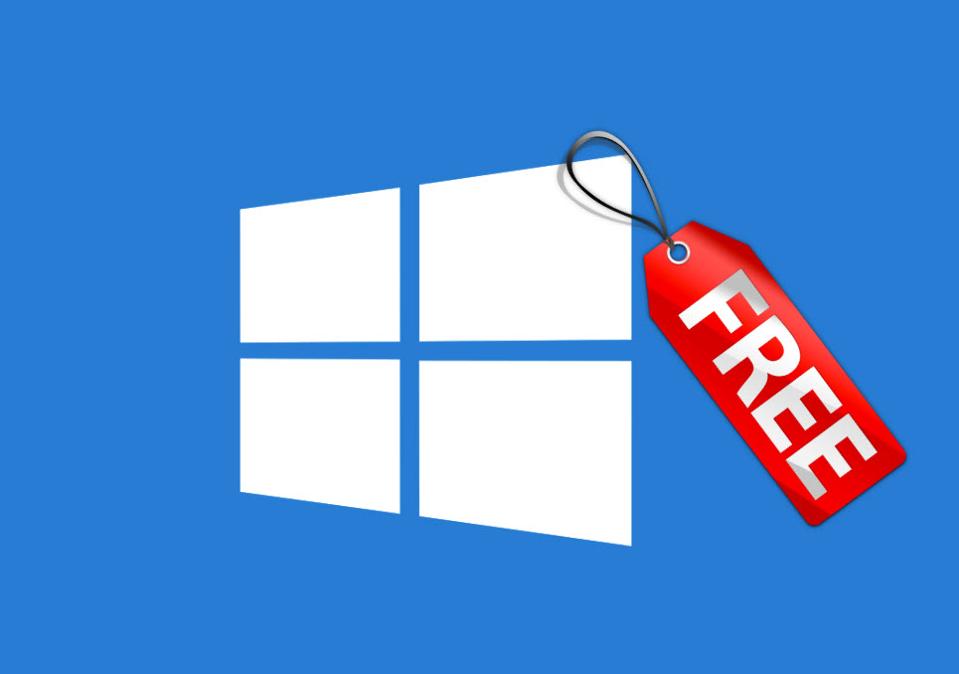A Comprehensive Guide on How to Upgrade to Windows 10 for Free

Introduction:
Windows 10, the latest operating system from Microsoft, has become a staple for PC users worldwide, offering a plethora of features and improvements over its predecessors. If you’re still using an older version of Windows and want to experience the latest innovations, you’re in luck – Microsoft has made it possible for eligible users to upgrade to Windows 10 for free. In this extensive guide, we’ll walk you through the step-by-step process of upgrading to Windows 10, ensuring a smooth transition without breaking a sweat.
Chapter 1: Check System Requirements
Before diving into the upgrade process, it’s crucial to ensure that your system meets the necessary requirements for Windows 10. This includes a compatible processor, sufficient RAM, and available storage space. We’ll explore how to check your system specifications and provide tips on upgrading hardware if needed.
Chapter 2: Verify Eligibility
Microsoft initially offered a free upgrade to Windows 10 for users of Windows 7 and Windows 8.1. While the official free upgrade period has technically ended, there are still ways to obtain Windows 10 without paying. We’ll discuss various methods, including accessibility features and assistive technology loopholes that Microsoft has kept in place.
Chapter 3: Back Up Your Data
Before embarking on any major system update, it’s essential to back up your important files and documents. This chapter will guide you through the process of creating a full system backup or selectively saving crucial data to external storage, ensuring that you won’t lose anything in case of unforeseen issues during the upgrade.
Chapter 4: Download and Install Windows 10
With your system prepared and data backed up, it’s time to download and install Windows 10. We’ll explore the different methods available, such as using the Windows Update tool, creating installation media with the Media Creation Tool, and upgrading through the Windows 10 Upgrade Assistant. Detailed step-by-step instructions will be provided for each method.
Chapter 5: Customizing Your Windows 10 Installation
Once Windows 10 is installed, it’s time to make it your own. This chapter will cover personalization options, including changing the desktop background, theme, and color schemes. We’ll also delve into the settings menu, guiding you through customization options for privacy, updates, and other essential features.
Chapter 6: Troubleshooting Common Issues
No upgrade process is without its challenges. In this chapter, we’ll address common problems users may encounter during or after the upgrade to Windows 10. From compatibility issues to driver conflicts, we’ll provide practical solutions and troubleshooting tips to ensure a seamless transition.
Chapter 7: Utilizing New Features in Windows 10
Windows 10 introduces a plethora of new features designed to enhance productivity and user experience. This chapter will explore key functionalities, such as the Start Menu, Cortana, Microsoft Edge, and the Action Center. We’ll also highlight hidden gems and lesser-known features that can significantly improve your daily computing.
Chapter 8: Staying Up-to-Date
Keeping your operating system up-to-date is crucial for security and performance. This chapter will guide you through the Windows Update settings, ensuring that your system receives the latest updates, patches, and feature enhancements. We’ll also discuss how to manage updates effectively to avoid interruptions during crucial tasks.
Conclusion:
Upgrading to Windows 10 for free is not only a cost-effective choice but also a strategic one for staying on the cutting edge of technology. This comprehensive guide aims to equip you with the knowledge and confidence to successfully transition to Windows 10, maximizing the potential of your computing experience. As Microsoft continues to refine and enhance its flagship operating system, you’ll be well-prepared to navigate the ever-evolving landscape of digital innovation.







